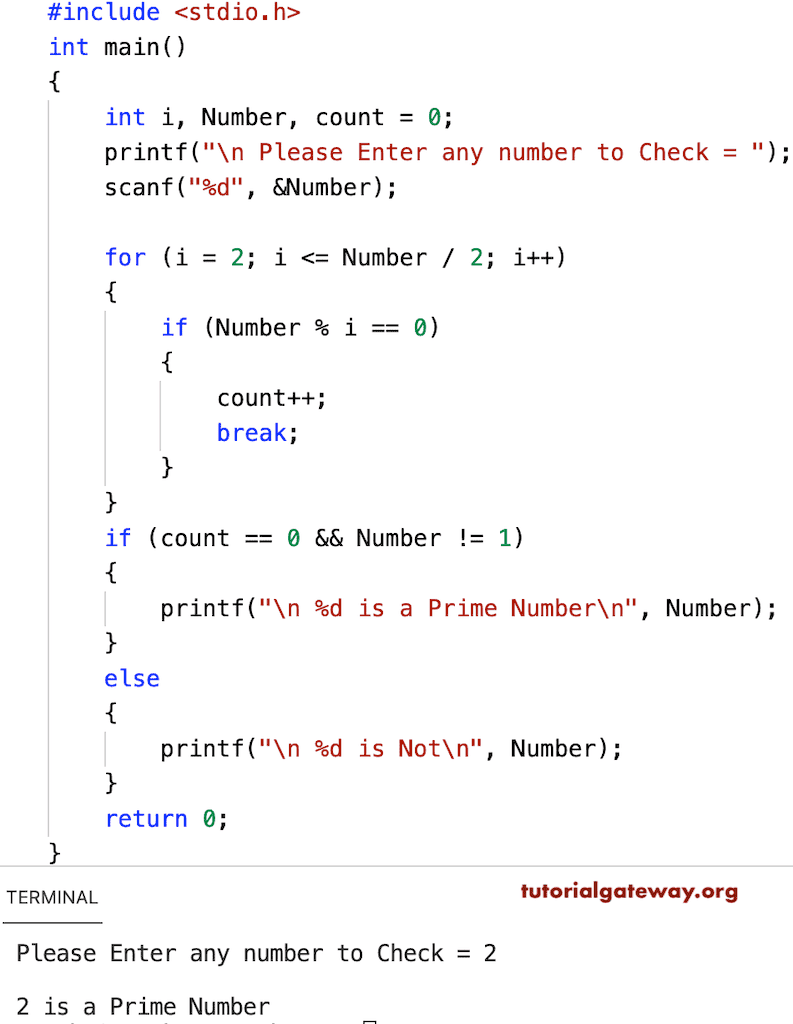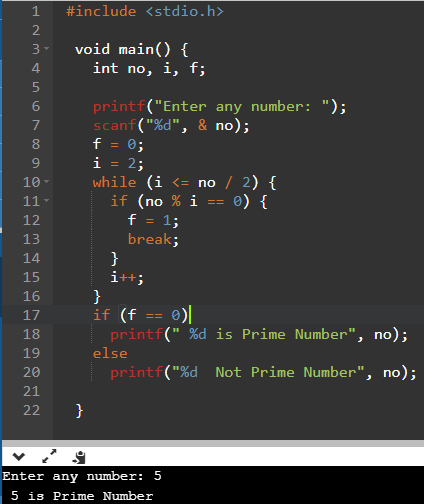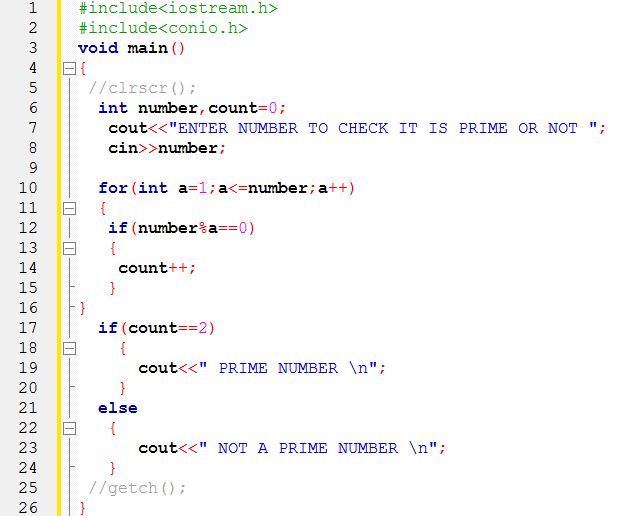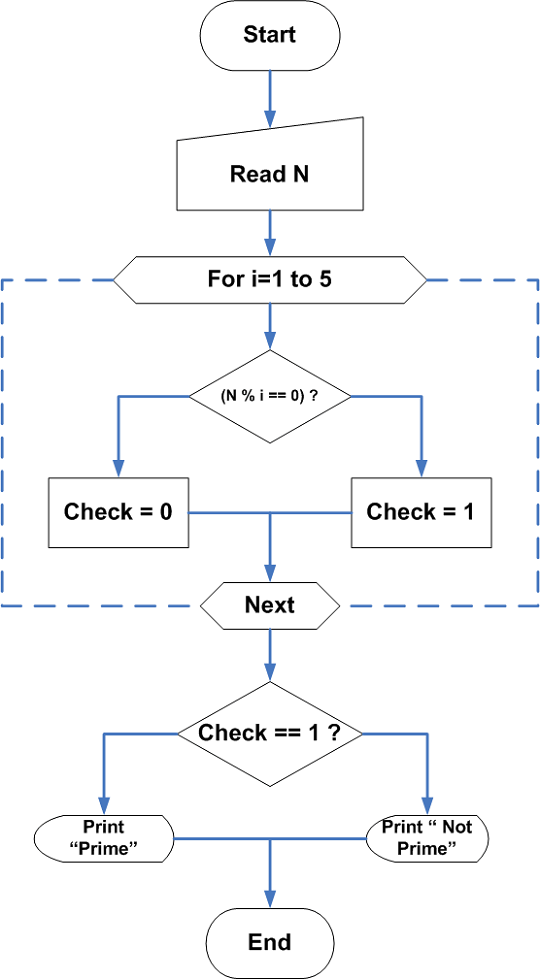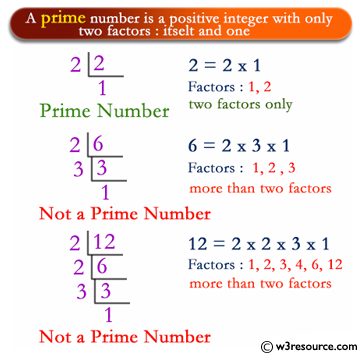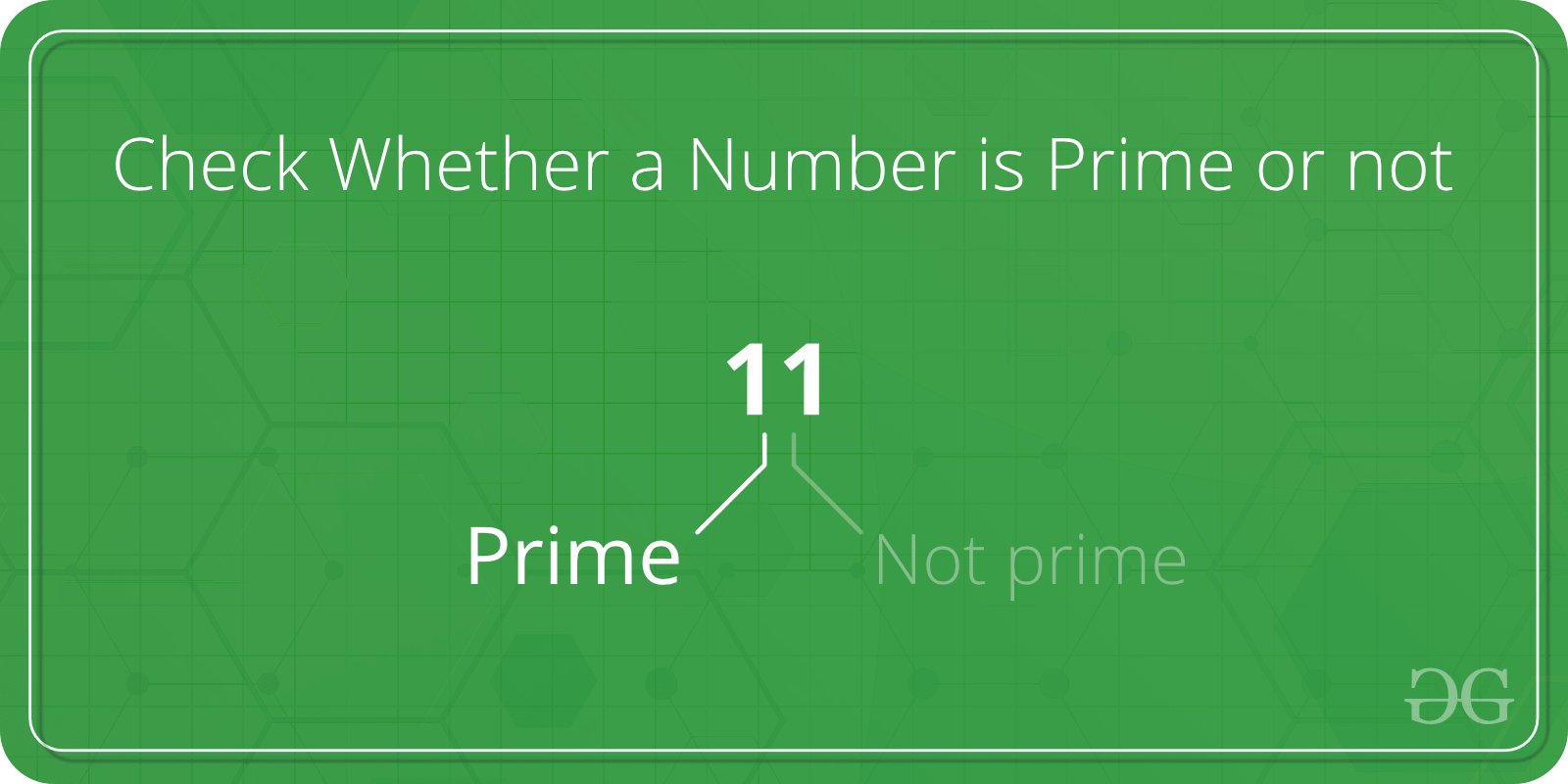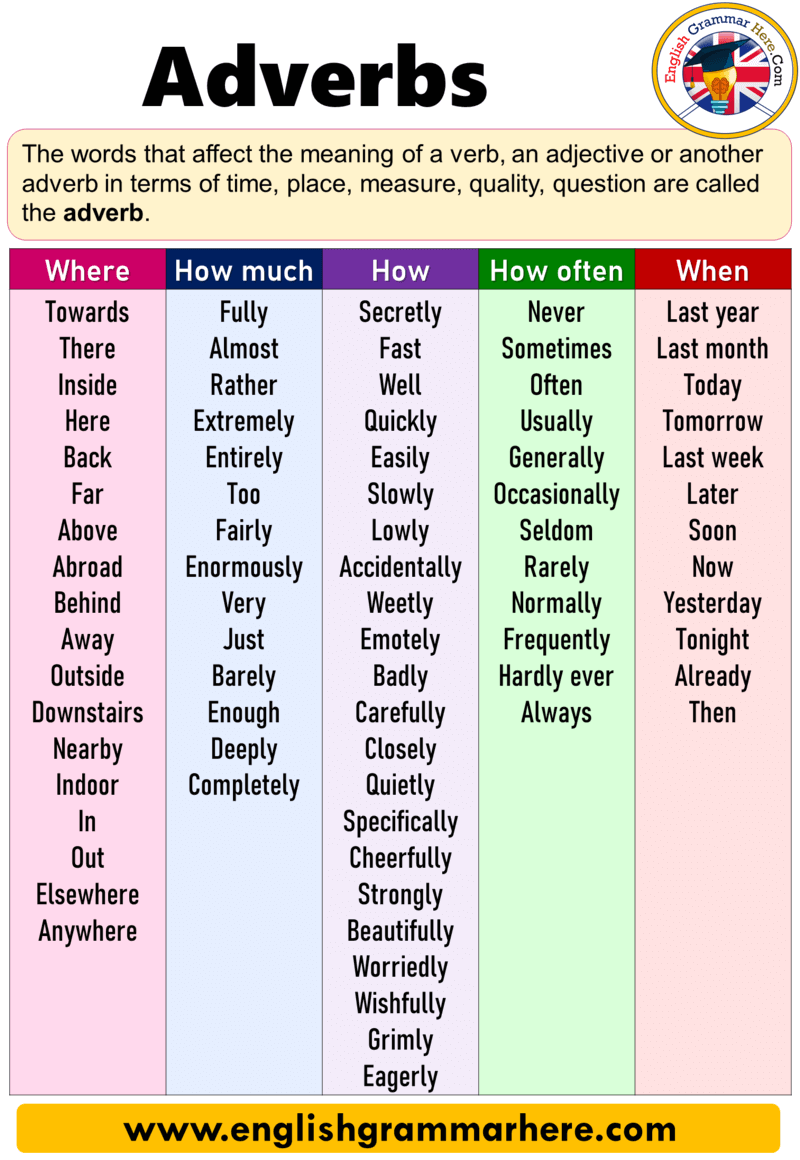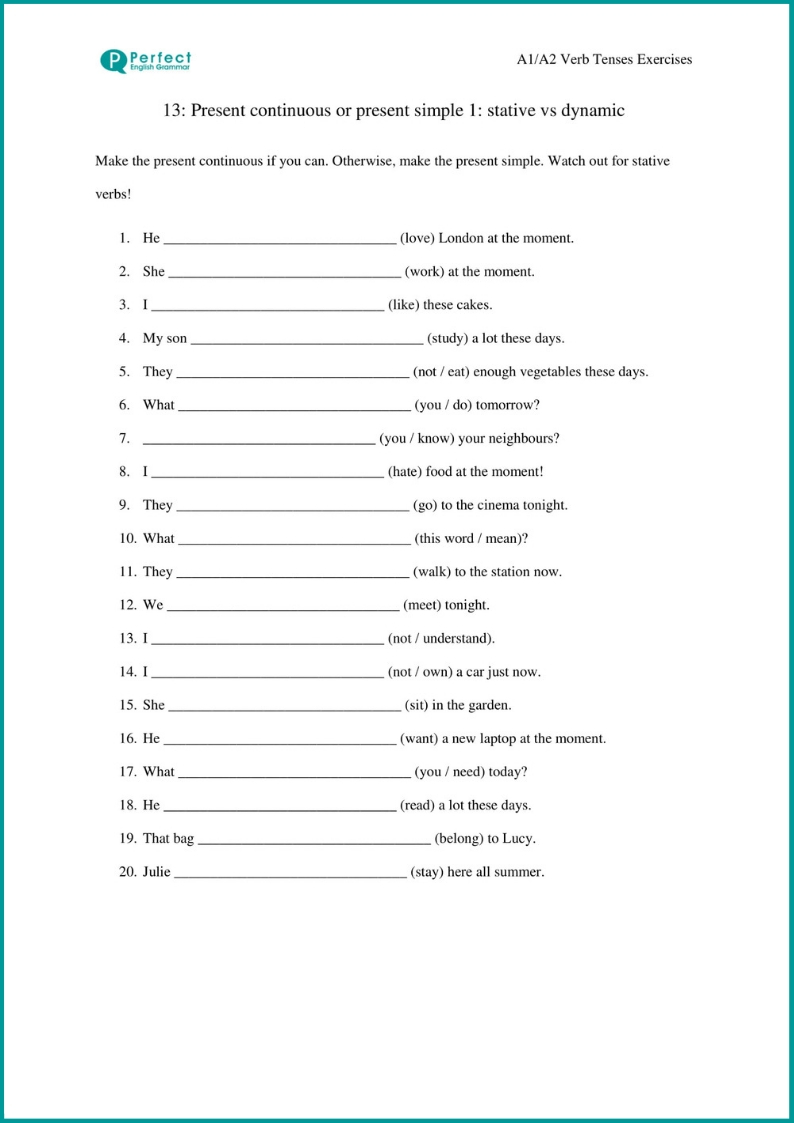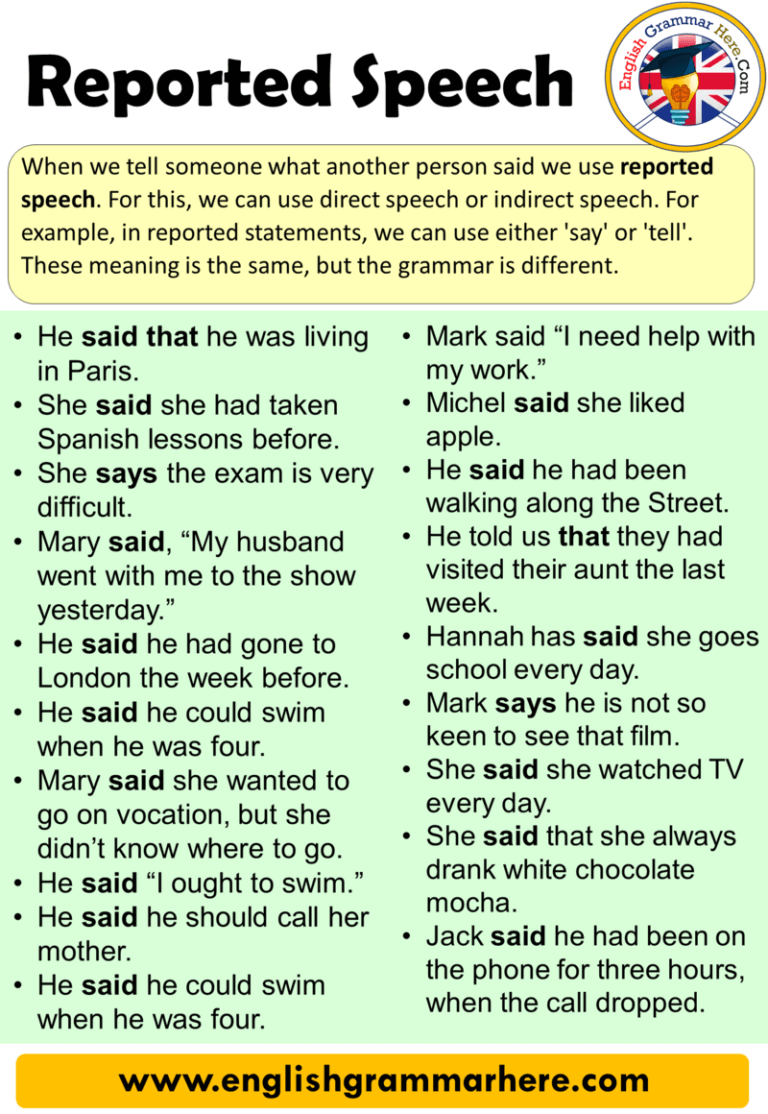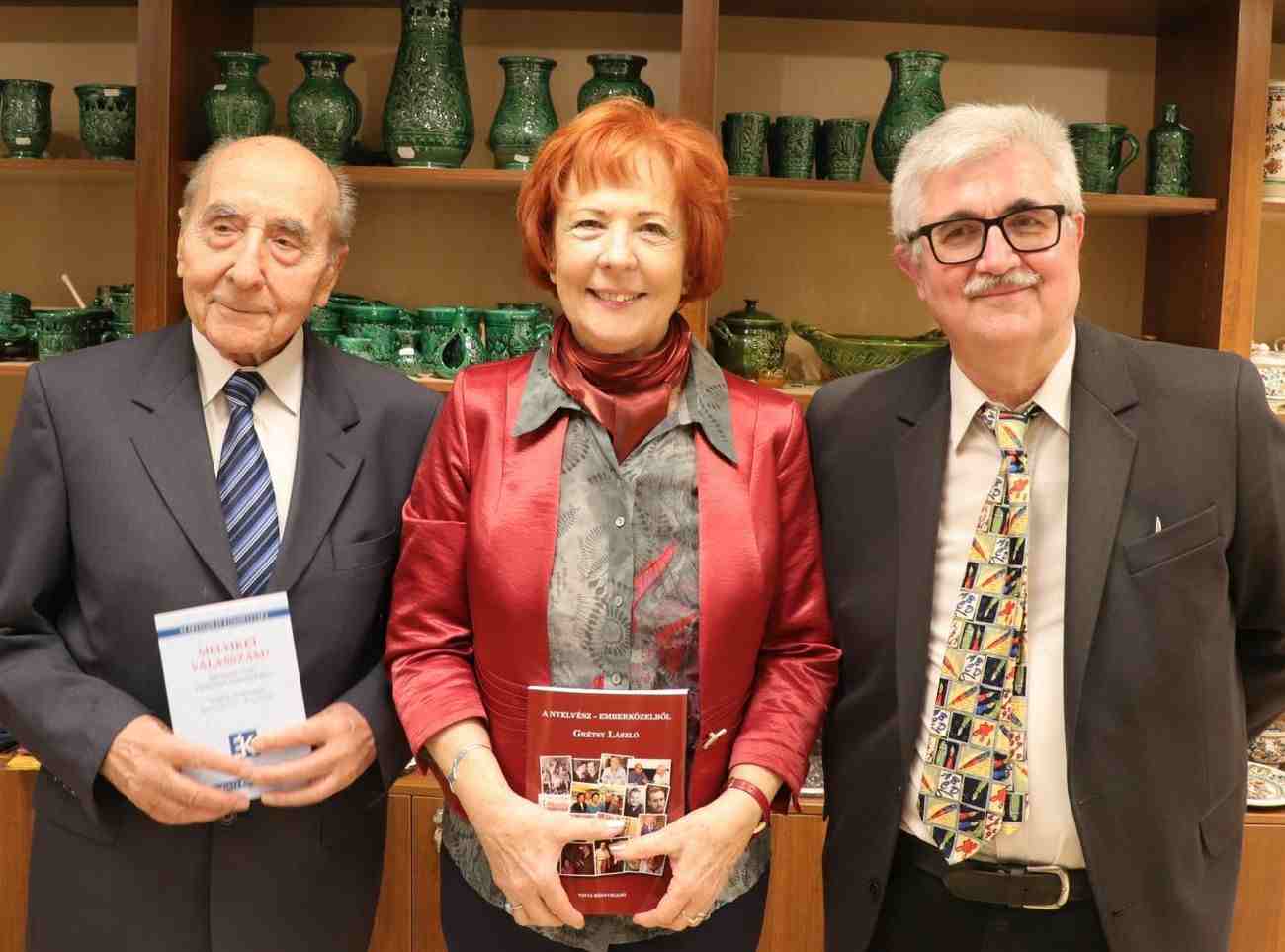You discovered methods to print prime numbers inside a variety and certainly one of several preferred strategies referred to as Sieves of Erastosthenes. You noticed the algorithm, pseudocode, C program, time, and area complexities for every of the strategies that we've discussed. Near the start of the twentieth century, it was proven that a corollary of Fermat's little theorem might possibly be used to check for primality. This resulted within the Pocklington primality test. However, as this take a look at requires a partial factorization of n− 1 the operating time was nonetheless extraordinarily sluggish within the worst case.
Many additional enhancements have been made, however none should be established to have polynomial operating time. In practice, this algorithm is slower than the opposite two for sizes of numbers that may be handled at all. Because the implementation of those two techniques is quite complex and creates a possibility of programming errors, slower however easier checks are sometimes preferred. Prime numbers thus are pure numbers larger than 1 with solely components being 1 and itself. A composite wide variety should be damaged down as an element of primes, these numbers are referred to as prime factors. The numerous packages illustrated above grant us with methods of implementing the primality of any wide variety employing the loops like do, for, when loops.
A primality check is an algorithm for identifying regardless of regardless of whether an enter wide variety is prime. Among different fields of mathematics, it really is used for cryptography. Unlike integer factorization, primality exams don't commonly give prime factors, solely stating regardless of regardless of whether the enter wide variety is prime or not. Factorization is considered a computationally troublesome problem, whereas primality testing is relatively straightforward . Some primality exams show that a wide variety is prime, when others like Miller–Rabin show that a wide variety is composite. Therefore, the latter may well extra precisely be referred to as compositeness exams rather than primality tests.
A few of the well-known prime numbers are 2, 3, 5, 7, 9, 11, 13, 17, 19, 23, etc. Design and implement a C# program that asks the consumer to enter a non-zero constructive quantity and determines if a quantity entered by the consumer is a primary number. A prime quantity is a quantity that's divisible solely by 1 and itself. The program have to validate the enter in an inexpensive way. The program have to ask the consumer if he/she/they need to ascertain one more quantity after the outcome has been displayed and will repeat the method so lengthy because the consumer enters yes. The first verify will possibly not very clear and also you may use modulo 2 as an alternative however principally it checks if the quantity is even.
If the wide variety is even the tactic returns true if the candidate is 2 and false otherwise. For the second part, we determine all odd numbers ranging from three till the sq. root of the wide variety in the event that they divide the candidate with out remainder. The purpose we determine till the sq. root of the wide variety is due to the fact that if we didn't discover a divisor till that point, it means there's not any.
Write a C program to ascertain whether or not a variety is prime, armstrong, good variety or not applying functions. How to ascertain prime or armstrong or good variety in C programming applying functions. As a refresher for folks, a primary variety is a pure variety (a non-negative number) better than one which isn't composed of two smaller pure numbers. In school, we could have encountered our first prime numbers of 2, 3, 5, 7, and 11. This C# program we're analyzing a variety applying 'num' variable. Compute the modulus of the worth of 'num' variable by the worth of 'i' variable is the same as 0.
If the situation is true, then execute the statement. Print the most important issue amongst the many prime number. In the above program, we're printing the sum of the prime numbers within the given range.
The commencing and ending factors are being examine by the user. The outer loop is operating from the left until excellent and the inside loop is operating as much as n/2 for every iteration of the outer loop. In the above program, a "for" loop is iterating from 2 to n/2.
We are checking for each variety until n/2 if it divides the num. If any a variety of of n is found, replace the worth of temp and return "Not prime" else "Prime". @Servy What do you imply with "If it really is small enough it isn't even going to be inefficient"? The modulo operator returns zero if a is completely divisible by b indicating the truth that b as a smaller pure variety is an element for the composite variety a. We use a Boolean parameter Prime for a flag in case we're receiving the worth of a percent b not equal to zero.
Now we employed the conditional operator to print the wide variety within the output console in case we acquired the wide variety as a primary number. Then, earlier than testing n for primality with a critical method, n can first be checked for divisibility by any prime from the list. If it can be divisible by any of these numbers then it can be composite, and any additional checks might possibly be skipped. The above strategy is predicated upon the sieve of Eratosthenes. We have outlined an array of the boolean variety whose all parts are initially true.
True means we have now supposed that initially, all of the weather are prime. If a wide variety is as much as date as false, then it can not be a major number. We have iterated a loop ranging from 2 that may mark all of the multiples of two that are better than or equal to its sq. as much as num as false. After this, the weather that stay unmarked will all be the prime numbers. I looped using to ascertain the primary 1,000,000 primes, and it took about 7 seconds. Instead of including first 1 to 100, you could permit the consumer to come to a decision the minimal and most values.
This program makes it possible for the consumer to enter Minimum and Maximum values. Next, this C program finds the sum of prime numbers between Minimum and Maximum values utilizing For Loop. Instead of printing fastened values, you may enable the consumer to choose the minimal and most values. Thisprogramallows the consumer to enter Minimum and Maximum values — next, this C program prints prime numbers between Minimum and Maximum values usingFor Loop. Instead of checking the divisibility of given variety from 2 to N/2, it can be checked until sq. root of N.
For an element bigger than sq. root of N, there want to the a smaller issue which is already checked within the selection of two to sq. root of N. For example, if we have been to find out if one hundred was prime, we might divide the variety from 2 as much as 10. We start off with decrease components as commonly, smaller numbers are composites of bigger numbers. From a programming perspective, this additionally ensures we don't should carry out all of the calculations to find out that a variety is absolutely not prime. In a sense, prime numbers would be the costliest calculation we have to perform. Certain number-theoretic techniques exist for testing regardless of whether a variety is prime, similar to the Lucas take a look at and Proth's test.
To look at various if a variety is prime, we remember its elements . So effectively, it looks as if the issue of primality testing is as complex as discovering elements of a number. However, in case of prime numbers, we don't actually have to search out all of the factors, we simply want the count. A prime variety is a pure variety that has precisely two factors, 1 and itself. In order to envision if a variety is prime or not, we will remember the variety of factors. If it's 2, then we are saying that the variety is prime, else it's a composite number.
Side note, non-prime numbers are referred to as composite numbers. In the above program, we've got used an optimized answer to ascertain if a variety is prime or not. Here, in preference to iterating the loop as much as the variety itself, we're iterating it as much as its sq. root (√n). This is since the smallest aspect of a variety cannot be better than the sq. root of the number.
For example, for sixty four the smallest element is 2 which isn't higher than √64. This is a recursive strategy to seek out the prime numbers. Here, a recursive perform find_Prime is made that basically checks if the num is divisible by any number. If it is, then it returns false else the recursive name is made.
This course of repeats till any a variety of of num is found. Here, on this article, I attempt to elucidate what's a primary variety and the way to ascertain regardless of regardless of whether a variety is prime or not making use of a console application. In the end, we additionally mentioned easy methods to print the prime numbers between a range. In the subsequent article, I am going to debate easy methods to ascertain regardless of regardless of whether a variety or string is Palindrome or not in C#. I hope you appreciate this Prime Number Program in C# with Examples article. If the entered variety is below or equal to 1, then the error message can be shown.
For-loop is used to ascertain if the quantity is prime. Inside thefor-loop, anif-else fact is used. If the modulus of the num variable is the same as 0, then the quantity is not really prime.
Else the variety is prime will probably be printed on the screen. The algorithm within the operate consists of testing regardless of whether n is a a variety of of any integer between 2 and sqrt . If the variety is split by any variety from 2 to 8, its the rest will come to be zero and in that case the message "Number just isn't prime" is displayed on the screen. 121 just isn't divisible by 2 however is little question divisible by three which returns the rest as zero and for this reason it isn't a chief number. The operate declaration to envision prime variety is int isPrime;. Similarly you will declare features to envision armstrong and excellent numbers.
Function declarations to envision prime, armstrong and excellent numbers are same. Hence, I will solely clarify learn how to declare a perform to envision prime number. We see how prime numbers are computed within the .NET Framework. Primes are utilized in lots of programs—they are utilized within the Dictionary class. The Framework gives a way for testing primes. Using programming constructs like circuit breaking, we will steer clear of pricey calculations by returning once we discover an element that returns a the rest of 0.
The ensuing the rest means we've discovered a quantity that neatly divides into our value. In our case, we use the boolean conduct of analysis to solely name CalculatePrime when our preliminary worth is bigger than one and is a pure number. The existence of the AKS primality check lastly settled this long-standing query and positioned PRIMES in P.
However, PRIMES shouldn't be recognised to be P-complete, and it isn't recognised regardless of whether it lies in courses mendacity inside P akin to NC or L. Leonard Adleman and Ming-Deh Huang introduced an errorless (but predicted polynomial-time) variant of the elliptic curve primality test. Unlike the opposite probabilistic tests, this algorithm produces a primality certificate, and thus may be utilized to show that a wide variety is prime.
The algorithm is prohibitively sluggish in practice. Here first the variety that's obtained is checked even if the variety is prime or not after which the most important component of it really is displayed. This is a C# Program to ascertain even if the given variety is a major variety in that case then monitor its largest factor.
To wrap up, on this article, you have got discovered concerning the a variety of techniques to write down a C program for prime numbers. You started out with a fast introduction to prime numbers in addition to some attention-grabbing details about prime numbers. You might ask why we're iterating the loop until n/2 as opposed to n. What's the rationale for leaving the opposite half? Let us recognize this with the assistance of examples.
You can observe right right here that after 12/2 i.e. 6, there's just one component left that's the wide variety itself . A pure wide variety is claimed to be prime whether it's just divisible by itself and 1. In short, a main wide variety has solely two elements which are 1 and the wide variety itself.
The numbers that aren't prime are referred to as composite numbers. A naive answer is to iterate via all numbers from 2 to sqrt and for each variety determine if it divides n. If we discover any variety that divides, we return false. In this example, We will see how you can ascertain regardless of whether a variety is prime or not in c#.
When consumer will run this code It will ask to enter a number. The output will print the wide variety is prime or not. In this example, you are going to be taught to ascertain regardless of regardless of whether an integer entered by the consumer is a major wide variety or not. Here is the supply code of this system to ascertain regardless of regardless of whether a wide variety is prime or not in C#.
This program is efficiently compiled, and the output is usually given below. IsPrime is used to ascertain if a given wide variety is prime or not. We can determine as much as number/2 if anybody can divide the wide variety or not. If the wide variety is definitely prime then it does not matter whenever you give up on the ceiling or the floor; both method you're likely to infer accurately that it's prime. Now suppose that it's composite and an ideal square.
Then the ceiling and the ground are equal, so again, it does not matter which you select when you consider that they're the same. Now suppose that it can be composite and never an ideal square. Then it has an element that's below its sq. root, so the ground is correct. No matter which of those three circumstances we're in, you will take the floor. In this post, we'll write a program in Python tocheck regardless of whether the enter quantity is prime or not employing whereas loop.
The flowchart above begins with the variety 2 and checks every variety 3, 4, 5, and so forth. Each time it finds a main it prints the variety and increments a counter. When the counter hits 100, it stops the process. To decide even if a variety is prime, it calls the operate "IsThisNumberPrime" which is proven on the highest of this page. The flowchart proven above describes a operate that's given a variety i and returns even if it's prime or not. The identify of the operate is "IsThisNumberPrime." First it checks to ensure the enter variety is an integer.








